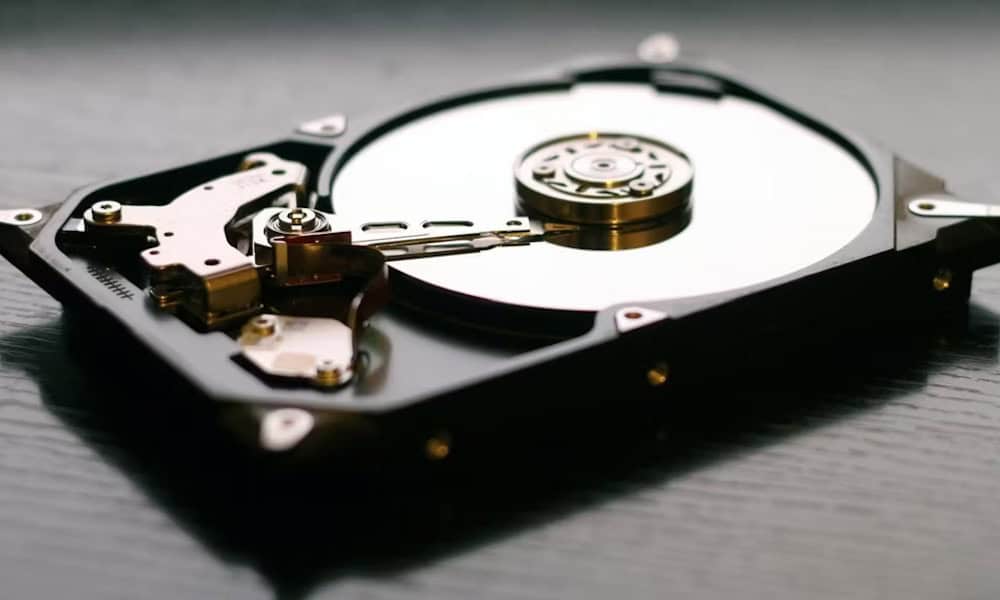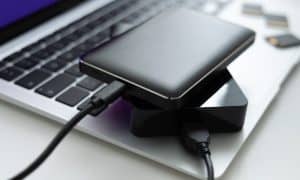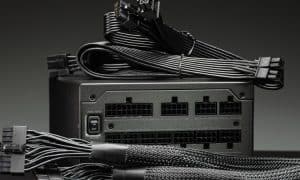Are Hard Drives Becoming More Reliable? One Study Says ‘Maybe’

Backblaze published its quarterly hard drive failure report, with interesting results regarding how reliable the hard drives are.
Hard drive failures are the worst, even if you have a good backup strategy. You have to replace the storage device and then take the time to restore from backup. If you don’t have a backup, well, you’re in a lot of trouble. According to one study, the storage devices we rely upon might be lasting longer. Being a cloud-based backup solution that backs up billions of files, Backblaze tracks hundreds of thousands of hard drives and SSDs for failure rates, and the most recent data suggests they might be growing more reliable.
The Crux of the Report on Hard Drive Failure Rates
Backblaze has released its quarterly drive stats report for 1Q24. This is a report the company has been publishing for years, and it’s definitely the right entity to do it. The report helps give an insight into which models of hard drives might prove more reliable than others. As of the end of 1Q24, Backblaze said it was monitoring 283,851 hard drives and SSDs in its cloud storage centers worldwide.
Now, not all of these are included in the report. Backblaze notes:
We removed from this analysis 4,279 boot drives, consisting of 3,307 SSDs and 972 hard drives. This leaves us with 279,572 hard drives under management to examine for this report.
Out of those, the study omits 275 drives that ran too hot, exceeding their manufacturer’s temperature specs at some point. That leaves 279,572 drives to evaluate. Backblaze further segmented that collection into two groups.
The primary group consists of storage drive models with at least 100 drives in operation at the end of the quarter that had accumulated more than 10,000 days of operation during that same quarter. That left 278,656 hard drives.
Some Hard Drives Were More Reliable Than Others
The idea behind the report is to look at each model’s annual failure rate (AFR). Obviously, you want this to be a low number, preferably below 2 percent. Even better would be if you could get that down to 0, but how likely is that?
In the case of this quarter’s report, it proved rare but still possible to see a 0% AFR. Backblaze found three drive models, all made by Seagate, with zero failures for the preceding year.
| Drive Model | 1Q24 Drive Days | Lifetime Drive Days |
|---|---|---|
| 16TB Seagate (model: ST16000NM002J) | 42,133 | 216,019 |
| 8TB Seagate (model: ST8000NM000A) | 19,684 | 106,759 |
| 6TB Seagate (model: ST6000DX000) | 80,262 | 4,268,373 |
The Bottom of the Reliability Pack
At the same time, several drive models had AFR percentages above 3.5% for the period included in the study. Ranked best to worst, these were:
- HGST (model HUH721212ALN604) 12 TB: 3.55% AFR
- Seagate (model ST10000NM0086) 10TB: 3.67% AFR
- Toshiba (model MG07ACA14TEY) 14TB: 4.44% AFR
- Seagate (model ST14000NM0138) 14TB: 5.48% AFR
- Seagate (model ST12000NM0007) 12TB: 12.98% AFR
Average Age of Drive Failure on the Rise
Backblaze compared 1Q23 to 1Q24, finding that the average age of drive failure has gone up, even if only a tiny bit. As you can see from the chart below, the overall age of failure was 2 years and 6 months in 2023. By way of comparison, the failure age went up by four months to 2 years and 10 months in 1Q24.
The company is quick to note that this isn’t necessarily a trend, since it’s only comparing two data points. But, maybe we should just cross our fingers and hope it turns into a trend.
When was the last time you suffered a drive failure? How old was the hard drive or SSD in question when it died on you? Let us know in the comments below, or on our free online forums.
Leave a Reply
Leave a Reply







